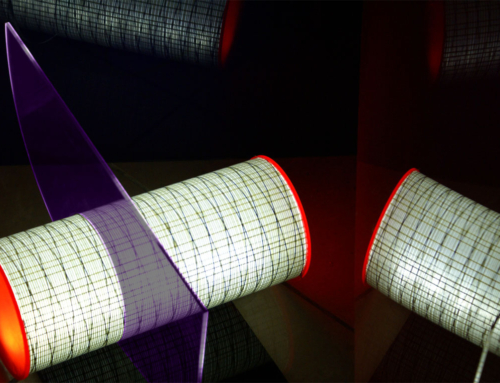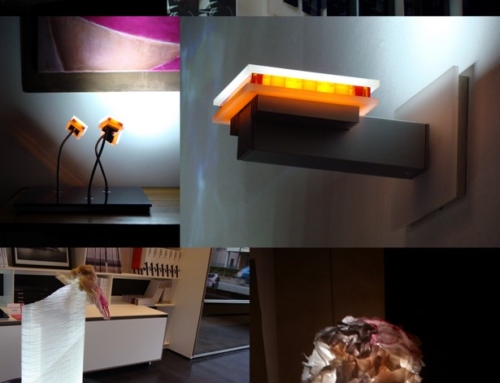environmentally friendly: Switching to low energy, solid state lighting benefits the environment. LEDs consume far less energy than today’s standard light bulbs, leading to greatly reduced energy costs. LEDs also require far less energy to manufacture than other light sources, reducing their environmental impact even further.
economy: Despite their initial high price, the use of LED lighting can offer significant cost savings over time, not only in terms of reduced energy consumption, but maintenance as well.
long life: Even in hostile conditions, the typical working life of an LED can be several tens of thousands of hours; most domestic bulb filaments expire after just a couple of thousand hours and even compact fluorescent lamps come nowhere near the working life of LEDs. Also, LEDs don’t suddenly burn out – they slowly fade over time – giving ample opportunity to plan replacements – several years with normal use and possibly even decades. Even at the end of its working life, a LED will still be giving some light.
strength and reliability: The filament in an incandescent bulb is very fragile, easily broken by a sudden shock or “soft” drop. Fluorescent tubes are made of thin glass. A LED is encased in virtually unbreakable high strength optical grade resin. There is no glass or filament to break, making LED light sources perfect for rugged or demanding environments, or installations where access is difficult.
improved safety and security: The low heat and low voltages associated with LEDs make them a far safer source of light. No glass to break, no white-hot filament, no flames and no noxious fumes.
design flexibility: The intrinsically safe nature of LEDs, combined with their long term reliability and small size, make LEDs a lighting tool of unprecedented versatility.
luminous efficacy: Light emissions from LEDs are inherently directional, reducing the need for reflectors and diffusers that can trap light, so using LEDs can potentially deliver light more efficiently to the intended location.
Fluorescent and incandescent lamps emit light in all directions. Much of the light produced by the lamp is lost within the fixture, reabsorbed by the lamp, or escapes from the fixture in a direction that is not useful for the intended application. It is not uncommon for 40-50% of the total light output of the lamp to be lost.
dimming: When used in applications where dimming is required, LEDs do not change their color tint as the current passing through them is lowered, unlike incandescent lamps, which turn yellow.
UV emissions/infrared: LEDs produce no UV radiation and their light beam contains little heat, making them ideal for illuminating objects, such as works of art.






